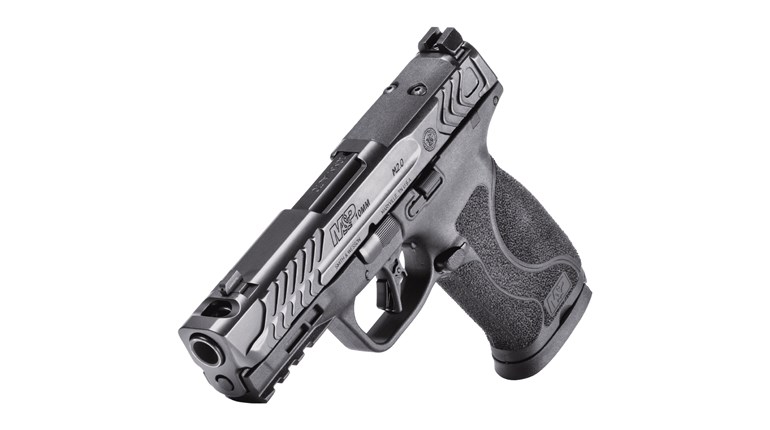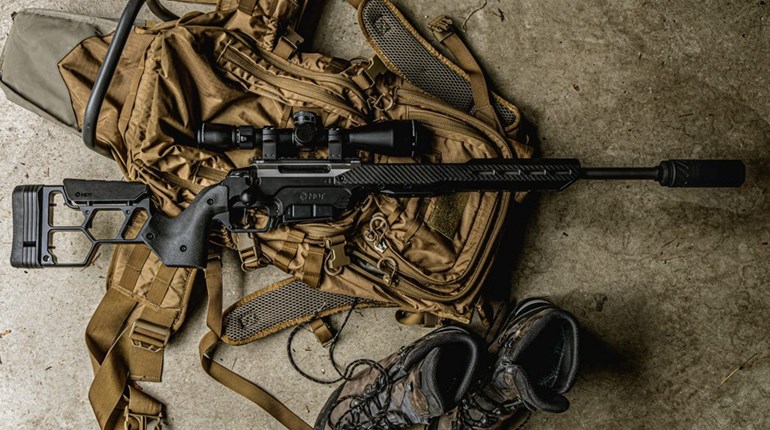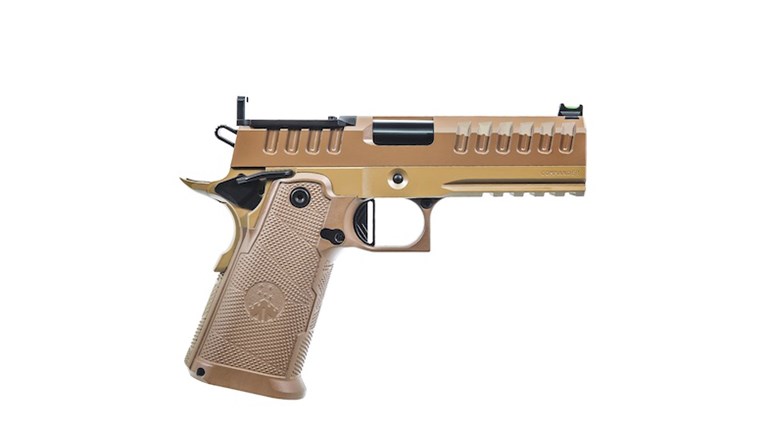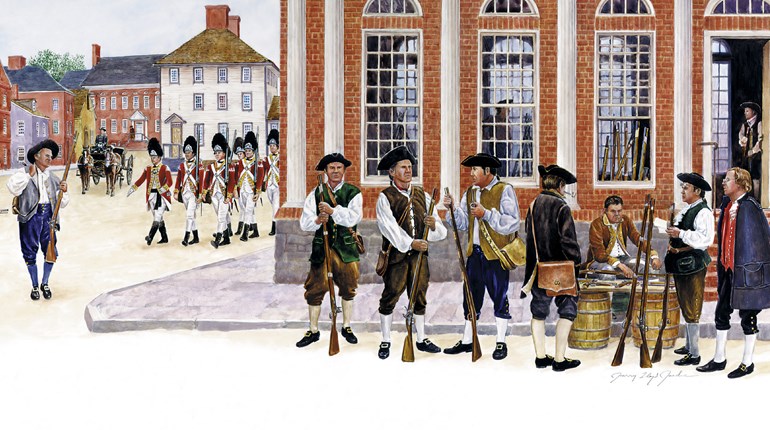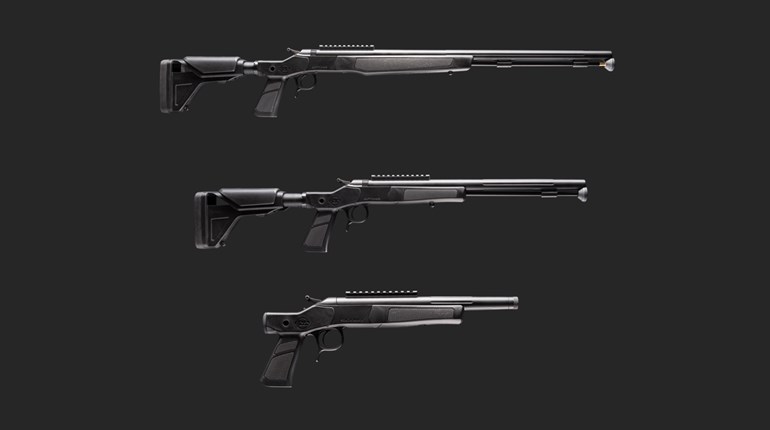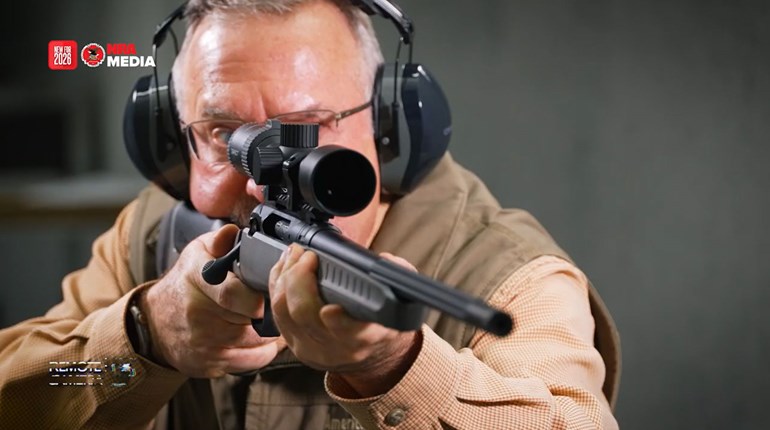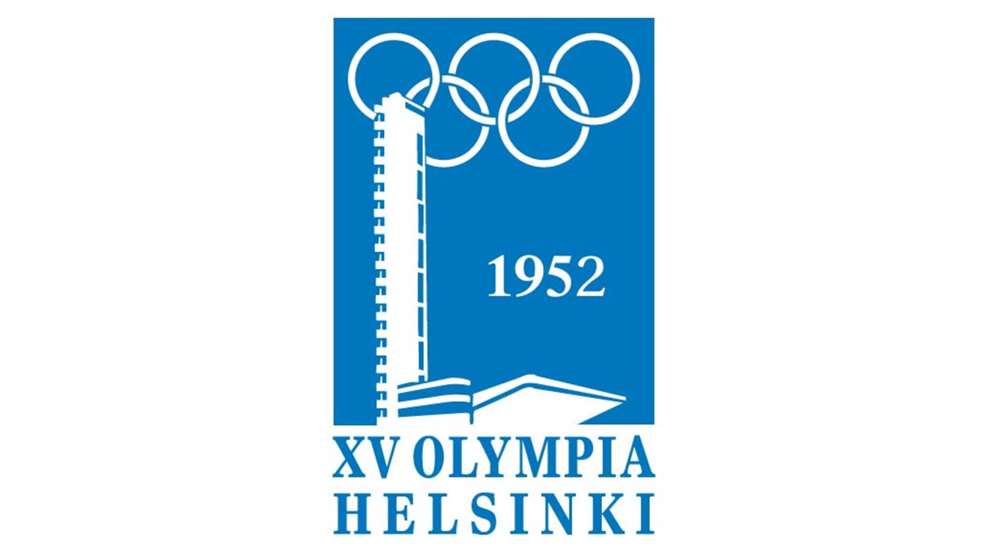
The below is an excerpt from the 1978 book, Olympic Shooting, written by Col. Jim Crossman and published by the NRA. Read Part 1.
1952—Helsinki: The Soviet Shooters Arrive (Part 2)
By Colonel Jim Crossman
The year 1952 saw the introduction of a new version of an old match: a three-position smallbore rifle match. The three-position match, up to this time, had always been fired with the big-bore free rifle at 300 meters.
Generally following the rules of the big-bore match, the new event was fired at 50 meters on the tough 50-meter rifle target. This change was welcome to American shooters. There were few 300-meter matches held and few people with equipment and experience to fire in them. Most American indoor rifle shooting was done with .22-caliber rifles fired in three (prone, kneeling and standing) or four (prone, kneeling, sitting and standing) positions.
The rapid-fire pistol match was much like the event in 1948, a 60-shot match, with five shots fired at five silhouettes in strings at eight, six and four seconds. Shooters were ranked first by total hits and then by score.
The prior matches had been of two kinds. One was the fire of defense event, with strings of six shots fired at six silhouettes in varying time limits, down to two seconds for tie-breaking—only hits counted.
The other rapid-fire types was over the course that had been used in the modern pentathlon—single shots fired at a man-sized silhouette exposed for brief periods.
The running deer had changed about as little as any of the matches. The same deer with the same scoring rings still ran across a 23-meter opening at 100 yards in four seconds. During this period the shooter brought his rifle up from the ready position and fired either one or two shots. The unique feature of the 1952 match was the large number of shots fired, 50 shots in single runs and 50 shots in double runs.
Clay pigeon shooting was back in, after a lapse since 1924. Conditions for this match had changed somewhat. The old debate as to whether the gun was to be held off-shoulder when the bird appeared or could be in any position (meaning on the shoulder) had been settled, and the positioning of the gun was the shooter's option. Almost without exception, the shooter had the gun at his shoulder when calling for the bird. With the extreme vertical and horizontal angles and the fast bird, there was not time to waste in getting the gun up, especially if the second shot was to find the bird still within range. It no longer made any difference whether the bird was broken on the first or second shot, just as long as it was broken. The 15-trap pit was still used on the continuous fire system. But instead of shooting in strings of 10, 15 or 20 birds, 25-bird strings were now used. The unknown trap, unknown angles feature, both one man or two men up, was dropped from the program.
Although American shooters had long liked to talk about practical guns and practical courses of fire and had viewed with disfavor the specialized European free rifles, they refused to cotton to what is in some ways the most practical shooting event of all—the running deer match. Although the running deer range, or a reasonable modification of it, was not unusually difficult to build, the majority of rifle ranges did not have a deer target. Of those ranges with running deer installation, most operated the deer only for a few weeks before hunting season.
While U.S. shooter John Boles won a gold medal in the single running deer event in 1924, it was probably more good luck than good management. Running deer scores were not considered when selecting the rifle team that year. Lucky it was that Boles was a good all-around shot and was hot that day. The only really experienced shooter the United States ever had for running deer was Walter Winans, and he got his experience in England and on the continent.
Where the early Games had placed great emphasis on team matches of all kinds, by 1952 there were no shooting team matches at all. In fact, beginning with the Games of 1932 there had been no team affairs. With an increasing number of nations entering the Games, it had become necessary to hold the entry down to avoid swamping ranges and other facilities. Though as many as 12 entries per nation were allowed in 1912, the number was cut back four in 1924. By 1952 the number of entries was down to two per nation, with the further proviso that the same competitors must shoot both the smallbore prone and the smallbore three-position matches.
Read Part 3 of our look back at the shooting events during the Helsinki 1952 Olympic Games.
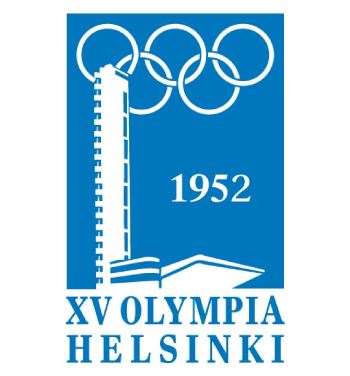
Lead photo: The Official Helsinki 1952 Olympic Games logo. Photo courtesy of the International Olympic Committee (IOC).
Read more: Antwerp 1920 Olympics: Everything But The Kitchen Sink













